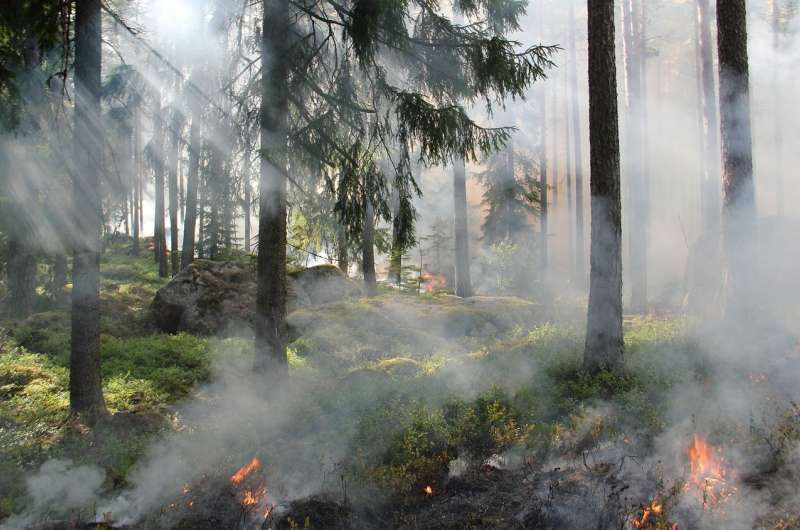Is fire the new normal in the American West?

The summer of 1988 was unusually hot, dry and windy in the American West, and 30 years ago this year, those conditions combined at Yellowstone National Park in Wyoming to create what were among the largest and most severe fires the park had ever seen.
The Yellowstone Fires of 1988 ultimately burned more than 1 million acres of forestland in and around the park. But ever-resilient and even reliant on fire, the forests recovered.
However, those unusually hot, dry conditions are now a normal feature of the climate of the West and fires burn with more frequency and severity than ever before. The 1988 fires were a 100- to 300-year event, but several large, hot fires have burned there since. A scan of today's headlines shows just how common, destructive and sometimes tragic these fires have become.
Monica Turner, a University of Wisconsin–Madison professor of integrative biology, was at Yellowstone in the immediate aftermath of the 1988 fires to study and closely document the forests' recovery. She has spent the last three decades of her career there, and in places like Grand Teton National Park, to better understand the nature of forests and fire. She and her research team and colleagues are examining how the patterns of fire and recovery are changing, particularly as the climate warms and drought becomes more common. They want to know: What does this mean for the forests we treasure?
Provided by University of Wisconsin-Madison





















